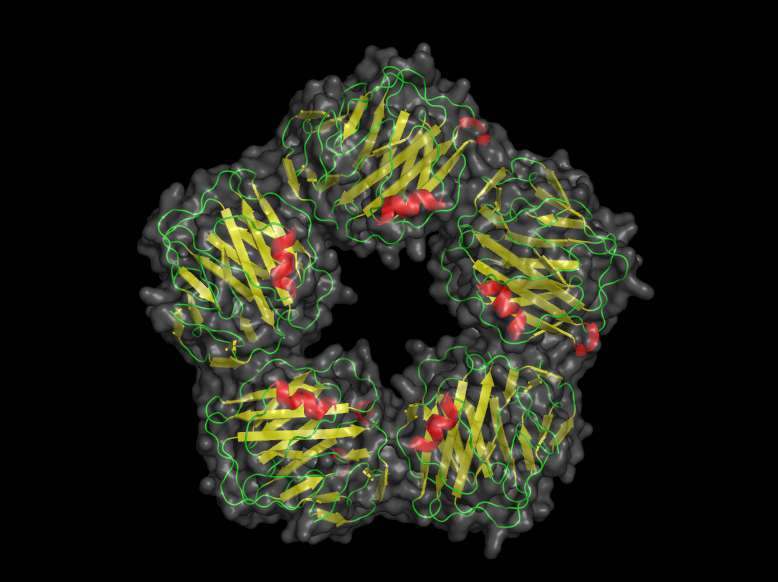
There may be sizeable differences in circulating levels of the inflammatory marker C-reactive protein (CRP) among different ethnic groups, a finding that has implications for statin use, researchers suggested.
In a systematic review and meta-analysis encompassing more than 200,000 people, the geometric mean CRP level was the highest in African Americans, at 2.6 mg/L (95% credible interval 2.27 to 2.96), according to Tina Shah, PhD, of University College London, and colleagues.
The lowest level was seen in East Asians, at 1.01 mg/L (95% CI 0.88 to 1.18), Shah, and co-authors reported in the American Heart Association Journal Circulation: Cardiovascular Genetics.
C-reactive protein is a sensitive marker of inflammation that has been shown to have a moderate association with coronary heart disease, but most studies evaluating this association have been in populations with European ancestry.
After the publication of the JUPITER study, which found that treatment with rosuvastatin (Crestor) significantly lowered CRP among patients whose baseline levels were higher than 2 mg/L, the FDA licensed the drug for use in at-risk patients using that cutoff value.
To determine if that threshold was valid across different populations, which might influence patients’ potential eligibility for statin therapy — Shah and colleagues analyzed data on CRP levels from 89 studies that included 221,287 patients.
CRP levels in other ethnic groups were:
* Hispanics, 2.51 mg/L (95% CI 1.18 to 2.86)
* South Asians, 2.34 mg/L (95% CI 1.99 to 2.8)
* Caucasians, 2.03 mg/L (95% CI 1.77 to 2.3)
The researchers also found that age had a strong association with CRP level, with a weighted correlation coefficient of 0.6 (P<0.0001). But when the data were re-analyzed after adjustment for age, the differences in CRP levels remained:
* African Americans, 2.99 mg/L (95% CI 2.58 to 3.53)
* Hispanics, 2.77 mg/L (95% CI 2.35 to 3.3)
* South Asians, 2.63 mg/L (95% CI 2.21 to 3.15)
* Caucasians, 2.26 mg/L (95% CI 1.95 to 2.66)
* East Asians, 0.97 mg/L (95% CI 0.83 to 1.15)
Further age differences also were found. For example, by age 60 almost two-thirds of African Americans and Hispanics would be expected to have CRP levels above 2 mg/L — while fewer than 40% of East Asians would reach this threshold.
They then conducted a genetic analysis of almost 700 subjects in an ethnically diverse area of South London, and found variances in frequency of a gene linked to CRP — with the A allele of rs1205 being common among East Asians and rare among other ethnic groups.
In an adjusted analysis of this cohort, independent predictors of CRP levels included ancestry, body mass index (BMI), age, and smoking.
The analysis provided “indirect evidence” that differences in lifestyle factors such as smoking and body mass index could influence the variations in CRP in different populations, as could the frequency of polymorphisms in the CRP gene, according to the researchers.
But these factors only explained 18.6% of the differences in CRP levels; the majority remained unexplained.
“Based on our findings, clinicians may now wish to take ethnicity into account in the interpretation of a CRP value,” Shah and co-authors wrote.
The researchers noted that in 2007 about five million CRP tests were ordered in the U.S., a number that has probably risen since the FDA decided on 2 mg/L as the threshold level for eligibility for rosuvastatin therapy.
Further clarification is needed on the relationship between CRP and cardiovascular risk in non-European populations, Shah and colleagues noted, so that clinicians can better assess the usefulness of measuring CRP among these groups.
And while a few studies have found similar associations in relative cardiovascular risk and CRP in different ethnic groups, more data are needed on absolute risk, “since absolute risk determines the absolute benefit, and therefore the cost-effectiveness and risk-benefit balance of any preventive intervention,” the researchers cautioned.
One limitation of the study was its reliance on aggregate data and formerly published studies.
In addition, information was not available about sociodemographic and protective factors such as physical activity.
“A one-size-fits-all threshold value of CRP for risk prediction or statin targeting could diminish the opportunity to receive a statin in individuals from certain ethnic backgrounds while increasing the opportunity among others,” Shah and co-authors observed.
“This policy could lead to inequalities in statin eligibility that do not closely relate to underlying levels of risk,” they added.
RELATED ARTICLES
- IQ pioneer Richard Lynn Dies at 93
- California Makes It Illegal For Students To Skip Anti-racism Brainwashing
- US mainstream media worships superficial "Diversity" but diversity of thought is forbidden
- 13 yo girl ordered by UK authorities to keep Muslim gang rape secret
- Swedish police told to cover-up nationality of criminals











